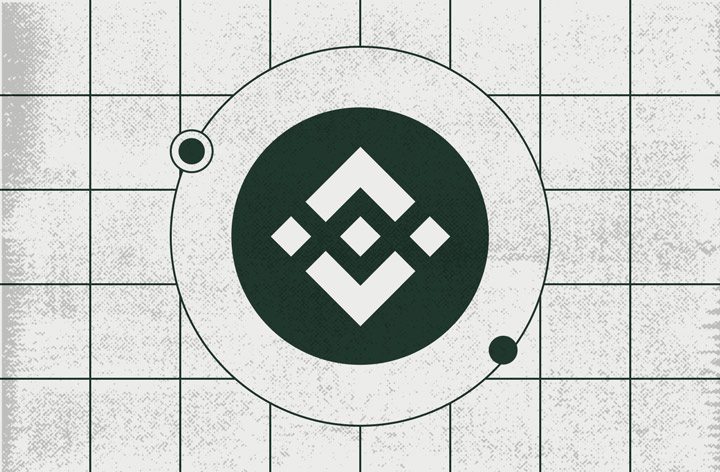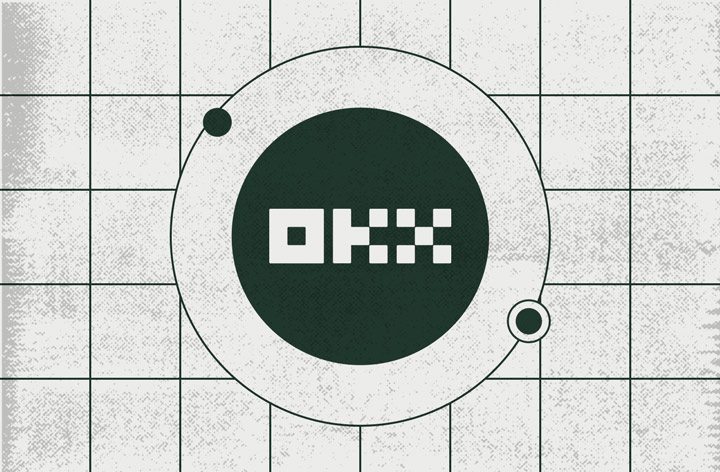Staking on Cryptocurrency Exchanges: Part 1

The popularization of passive income from crypto-assets made major cryptocurrency exchanges the leading staking platforms, as their user base and capacity allow them to create their own staking pools and support validators.
Let’s take a look at how to choose an exchange to generate income through staking and how the staking feature works on Binance and OKX.
How to Pick an Exchange for Staking?

There are several factors to consider when choosing a crypto exchange for staking:
- Security level. The investor should be careful when selecting the exchange for staking assets since coins for staking will be stored in its accounts. The data from reports or audits related to the exchange’s security should be examined before locking your funds into its accounts.
- Coins available for staking. Some cryptocurrencies can only be staked on certain cryptocurrency exchanges.
- Fees. Due to high competition, not all crypto exchanges charge fees for staking on their sites, however, validator fees can vary significantly from platform to platform.
- Coin freeze period. The “freeze” period for assets to participate in staking on different cryptocurrency exchanges differs.
Staking profitability. The expected interest rates from staking on various exchanges may vary. You should compare the level of profitability of different coins on different exchanges.
Let’s clarify the termLet’s clarify the terminology right away. To bet or place bets means to delegate funds to staking through a cryptocurrency exchange. In other words, a bid is funds sent to staking. The size of the stake is determined by investors themselves, while the interest on the deposit (i.e., the profitability of the investment) is set by the exchange. The abbreviation APY stands for the annual percentage yield.
Staking on Popular Exchanges

The user interface of the majority of popular exchanges allows you to choose among the available validators for delegating digital assets. Placing bets on exchanges is simple and similar for all platforms. So, to send coins to staking, you need to:
- Select the Earn section on the crypto exchange page.
- Choose the coin to send to staking.
- Enter the amount you want to send.
- Choose the validator for delegating tokens.
- Read the terms of staking and possible remuneration.
- Press “Deposit” to freeze assets.
Remember, the coins for staking and the reward amounts may differ from site to site. Let’s review what coins can be staked and what terms can be used on some popular cryptocurrency exchanges.
Binance

Staking on Binance, a well-known cryptocurrency exchange, is an additional service for the platform’s users. The exchange’s interface is quite simple and available in more than 30 languages, so, it won’t be a problem to understand the process of placing bets. Besides, for users’ convenience, the Staking page offers tutorial videos and answers to frequently asked questions about making money on staking cryptocurrencies via the platform.
Binance provides three types of crypto staking:
- Fixed Staking. More than 100 coins are available. The interest rate on some assets is quite high. For example, Axie Infinity (AXS) yields roughly 120% annually, while FIO Protocol (FIO) and MANTRA DAO (OM) tokens will bring about 106% per year. Deposit periods vary and can be five days, a week, 2-3 months, or 180 days. When staking some coins, the deposit amount can be minimal. The exchange guarantees payment of staking rewards in the event of a market downturn.
- DeFi Staking. There are 13 coins available for staking. The yield is relatively lower than with fixed staking. The highest percentage of expected return is about 25% per annum for staking dYdX (DYDX). The deposit period can be flexible, with assets available for withdrawal at any time, or ranging from 30 to 120 days. The entry threshold for DeFi staking is quite high, however, the service doesn’t require additional actions from the user to make transactions or product purchases. The service does everything itself.
- Ethereum 2.0 Staking. The platform offers to exchange ETH coins at a rate of 1:1 for BETH tokenized assets, which will be sent to staking via the platform. On-chain rewards are accrued regularly in BETH tokens, which can be resent to staking or used for trading on the exchange. The reverse exchange of BETH into ETH will only become available after Ethereum’s final merge to the PoS algorithm. ETH staking yields are no higher than 5.2% per annum, but the APY can vary depending on the total amount of locked coins during the Ethereum staking period.
KeepKeep in mind that Binance takes no responsibility for the safety of funds deposited into smart contracts through DeFi staking, however, the cryptocurrency exchange only offers verified projects for staking.
Binance Staking allows for the early withdrawal of digital assets from staking, but in such a case, the investor won’t be able to earn income even when the coins have been locked. Only the deposit amount will be withdrawn to the account, and the interest will be withdrawn by the exchange.
OKX

Passive income on OKX, a popular cryptocurrency exchange, is available in two ways:
- Staking with average income.
- Flash Deals — time-limited “hot” offers, staking with high rates according to the FCFS (First Come, First Served) principle.
The OKX exchange offers several options for sending coins to staking using the PoS mechanism. Depending on their deposit term, the interest rate will also vary. Most cryptocurrencies have different yields for 30, 60, and 90-day deposits. For some tokens, there is a flexible staking option that will allow you to collect rewards and withdraw coins at any time without additional fees.
More than 60 different cryptocurrencies are available for staking on OKX. Stader (SD) has the highest expected annual return when deposited for 60 days at 73%. The GuildFi (GF) coin also has a high rate when “frozen” for 90 days at 70% per annum. Staking Zebec Protocol (ZBC) for 60 days will bring 65% profit, and MetisDao coins (METIS) with 60 days staking and APENFT (NFT) with 30 days staking will give the investor a profit of 50% each.
The yield of the popular cryptocurrency NEAR Protocol (NEAR) with a 15-day staking period will be 21%, while a 90-day deposit of the coin will be less profitable and will bring only 14%. Similarly, staking with Polygon Cryptocurrency (MATIC) for 15 days is more profitable than staking for 90 days — 21% and 10%.
The opposite is true for staking such popular coins as Zilliqa (ZIL), ICON (ICX), and Ontology (ONT). Percentage rates of expected profitability from staking grow depending on the days of depositing. So, the ZIL staking yield for 90 days will be 18% and only 11% for 30 days. Passive income on ICX for 90 days will be 14% and 8% for 30 days.
Yield farming on OKX is available in Uniswap, Curve, YFI, YFII, and Compound liquidity pools. The exchange doesn’t charge any gas fees and yields are calculated daily. However, the cryptocurrency market’s volatility can cause expected asset returns to drop significantly. The exchange provides investors with an automatic refund feature if slippage exceeds the maximum limit of 10%.
Ethereum 2.0 staking has been available on OKX since December 2020. Profitability is calculated based on the number of deposited tokens and block time. Ethereum 2.0 staking yields range from 6% to 20% per annum. The exchange reimburses all of the validator’s operating costs, as well as penalties. The minimum rate for staking Ethereum 2.0 on OKX is 0.1 ETH. Remuneration for staking ETH is made in Beacon ETH coins (BETH), which the exchange allows you to sell at any time.
The OKX exchange also offers a stablecoin staking service. Flexible staking is available on USD Coin (USDC), Dai (DAI), and Tether (USDT) coins. Stablecoin staking rates range from 6.5% on USDC to 1.3% on DAI.
Read about staking features on popular cryptocurrency exchanges Coinbase, KuCoin, and Kraken in the next part of this article.











